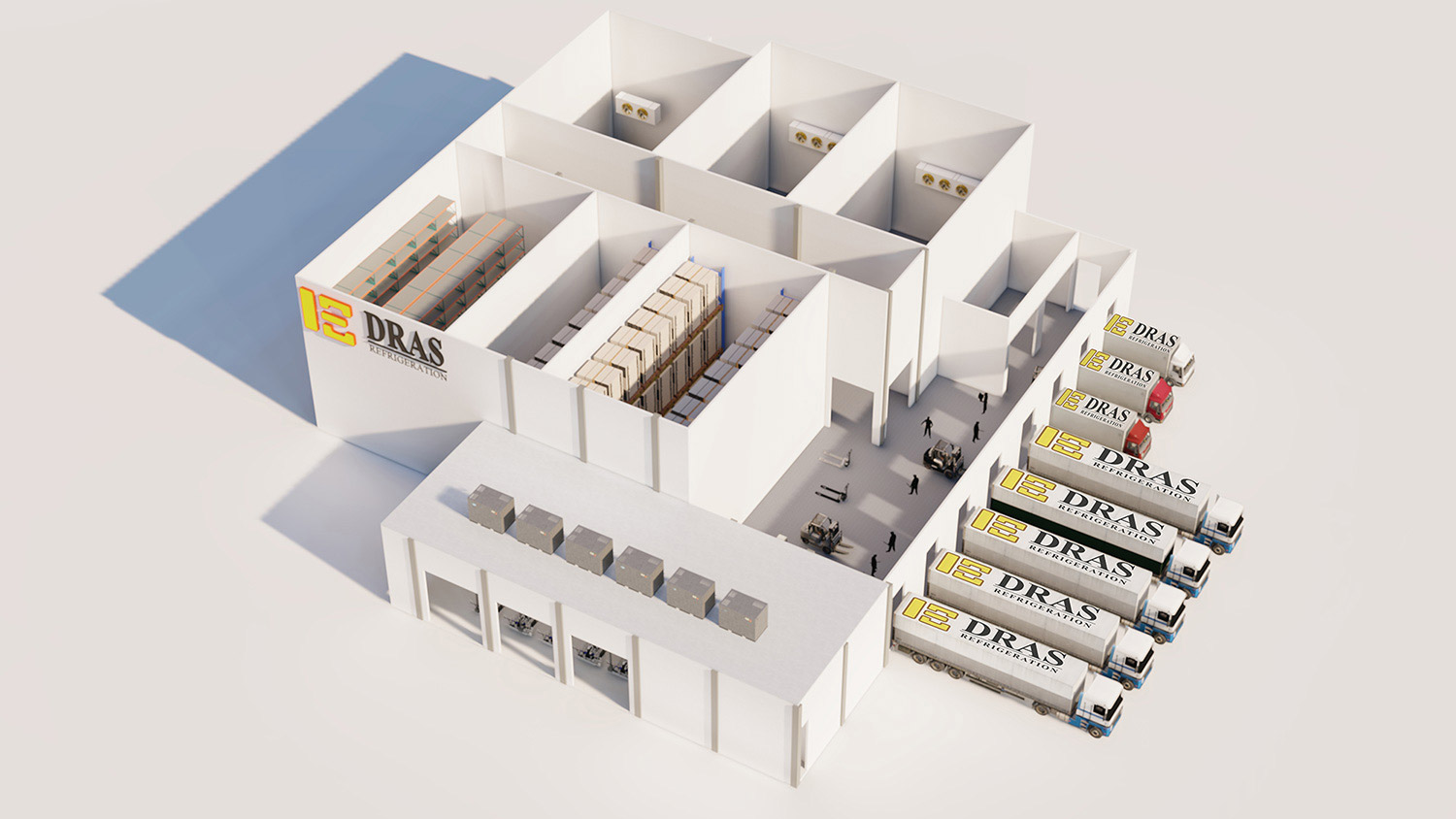Let’s help you!
Seksyen 7, Taman Perindustrian
Meranti Utama, 47120 Puchong,
Selangor
Call Us: +(60)3-8066 8130
+(60)3-8066 8129
dras@dras.com.my
Freon
Specialist in concrete cooling solution
A refrigerant is a substance or mixture, usually a fluid, used in a heat pump and refrigeration cycle. In most cycles it undergoes phase transitions from a liquid to a gas and back again. Many working fluids have been used for such purposes. Fluorocarbons, especially chlorofluorocarbons, became commonplace in the 20th century, but they are being phased out because of their ozone depletion effects.
While Freons are now viewed as problem compounds because of their contribution to the depletion of the ozone layer in the earth's atmosphere, it is important to remember that for decades Freons have provided a safe refrigerant for a variety of industrial, automotive, and home uses.
R404A is a zeotropic HFC refrigerant blend of R125, R143a and R134a. It is widely used in medium and low temperature refrigeration especially in the supermarket sector and for refrigerated transport. R404A was designed as a replacement for CFC R502 and closely matches its properties.
- ASHRAE A1 safety classification
- Non Flammable & safe to use
- Zero ODP
- GWP of 3260 (IPCC assessment report 2)
- Molecular weight is 97.6
- Boiling point at 1 ATM is –46.5/-45.8 °C
- Critical Temperature is 72.1°C
Benefits
- The energy efficiency can be improved by 7 per cent to 12 per cent because the new refrigerants have superior efficiency characteristics to R404A. A few minor design changes may be required (e.g. changes to expansion valves) but the cost of such changes are small.
- The new refrigerant will have a GWP less than half of R404A – so there is an immediate step change reduction in the greenhouse gas emissions of any leaked refrigerant.
- During a “best practice” retrofit program some components in the old system can be upgraded to reduce the risk of leakage. Some small investments in valves, joints and seals will in many cases reduce the historic rate of refrigerant leakage substantially – a 50 per cent cut in leak rate is a realistic target.
- The retrofit program should also include a thorough check of all components and plant re-commissioning. There are many examples of where this process has uncovered previous problems and lead to overall energy savings well above the 7 per cent to 12 per cent target.
